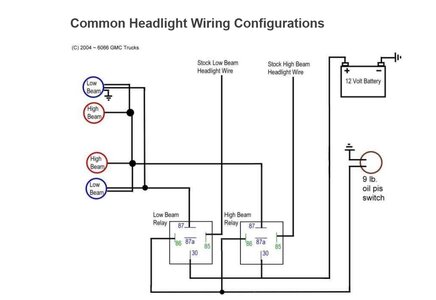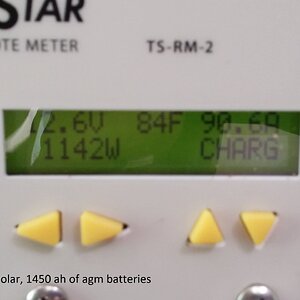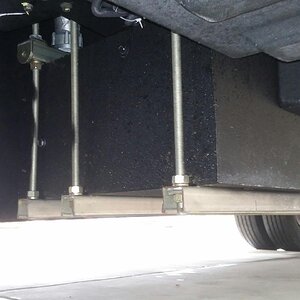Next steps :
From Internet:
Verify Automotive Ground
To verify an automotive ground, you can use a multimeter to check the resistance between the ground wire and the vehicle's chassis. Set the multimeter to the ohm range and touch one probe to the metal chassis of the car and the other probe to the ground wire. The reading should be 0 ohms, indicating a good ground connection. If the multimeter shows any resistance, the ground wire may be faulty and needs to be replaced
It's important to ensure that the grounding point is free of paint, rust, or plating, as these can prevent a good ground connection Grounding an accessory to the engine should ideally involve running a ground wire directly to the alternator case and ensuring there is no paint between the starter and the engine block mounting surface
Additionally, a quality ground point should be bare unpainted metal, allowing for electromagnetic waves to travel and complete circuits without interruption Poor-quality ground points, such as those covered in rust or paint, can act as a resistant coating or insulator, reducing conductivity and potentially causing devices to function intermittently or not at all
For best results, locate existing factory ground points on your vehicle, which tend to look like bolts or metal studs, and ensure they are bare metal If necessary, you can sand off paint or rust to expose the metal













